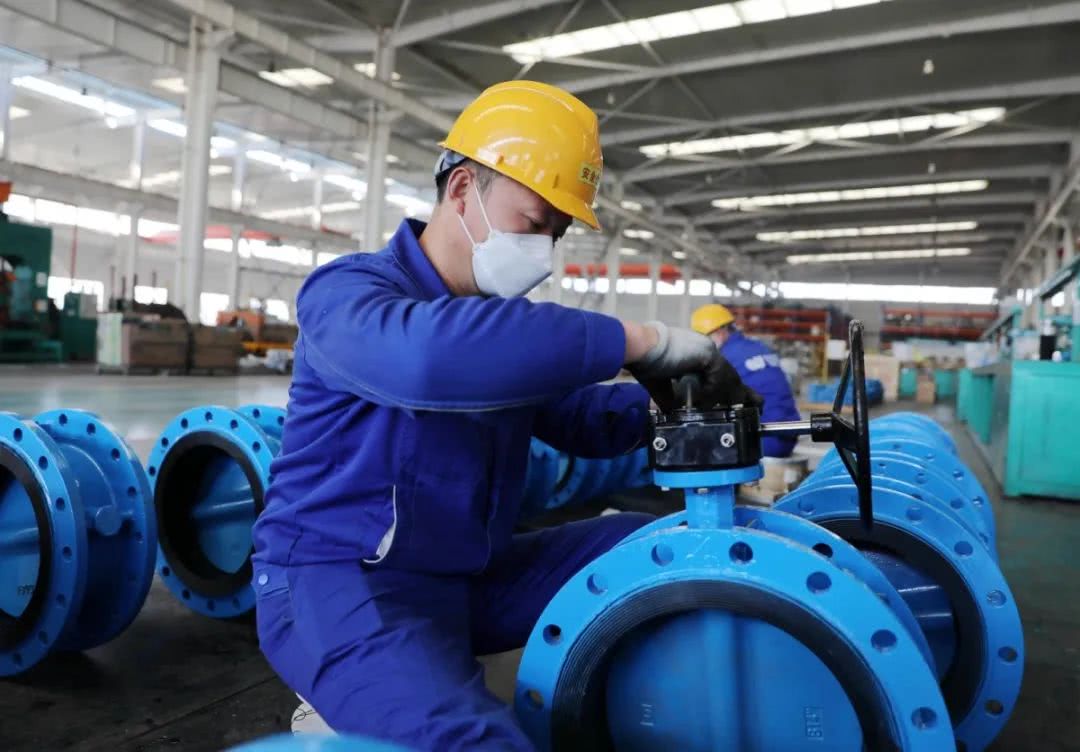Digital Signage Simplifies School Schedules and Timetables
Digital signage has revolutionized the way schools manage and communicate schedules and timetables, offering a range of benefits that simplify the process for administrators, teachers, and students alike. Traditional methods of displaying school schedules, such as paper notices or bulletin boards, often lead to confusion and missed information. In contrast, digital signage provides a dynamic, real-time solution that can be easily updated to reflect changes in schedules, events, and announcements. One of the primary advantages of digital signage in schools is its ability to streamline communication. With the press of a button, administrators can modify information displayed on screens throughout the campus, ensuring that everyone has access to the most current schedules. This immediacy reduces the likelihood of miscommunication, as students and staff no longer have to rely on static posters that may go unnoticed or be outdated. For example, if a class is canceled or rescheduled, a quick update to the digital signage ensures that all students are informed in real time, minimizing disruption to their day.
Furthermore, digital signage enhances engagement and accessibility. Interactive screens can be set up in key locations, such as hallways, cafeterias, or near entrances, providing students with an intuitive way to check schedules or find information about upcoming events. This interactivity encourages students to engage with the content, making them more likely to stay informed about their academic responsibilities and school activities. Additionally, digital signage can cater to diverse learning needs by incorporating visual elements, animations, and clear typography, making information easier to digest for all students, including those with learning disabilities. Digital signage also allows for the integration of multiple content types, which can be particularly beneficial during busy periods, such as exam weeks or registration days. Schools can use these displays not only for schedules but also to promote events, highlight student achievements, or share important reminders. This multifunctionality helps to create a cohesive school environment where information is readily available and celebrated, fostering a sense of community among students, teachers, and staff.
Moreover, the environmental impact of digital signage cannot be overlooked. By reducing the reliance on paper for announcements and schedules, schools can significantly decrease their carbon footprint, aligning with sustainability goals. The durability of digital signage for schools displays also means that they require less frequent replacement than traditional printed materials, further contributing to cost savings and resource efficiency over time. In conclusion, digital signage simplifies school schedules and timetables by providing a dynamic, efficient, and engaging platform for communication. With the ability to instantly update information, cater to diverse needs, and reduce environmental impact, digital signage represents a forward-thinking approach to managing school logistics. As educational institutions continue to embrace technology, the benefits of digital signage will likely become even more integral to the way schools operate, ensuring that students and staff are always informed and engaged.









